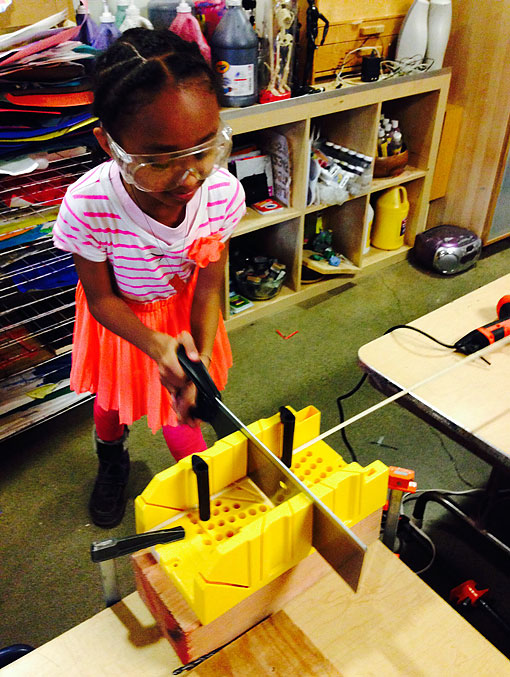
Multiple Learning Styles
[et_pb_section bb_built=”1″][et_pb_row][et_pb_column type=”4_4″][et_pb_text _builder_version=”3.19.11″]
“Until you can recognize that you are living a racialized life and you’re having racialized experiences every moment of every day, you can’t actually engage people of other races around the idea of justice”
– Whitney Dow
As our schools become more diverse, cultural responsiveness is an increasingly important skill for teacher efficacy and children’s success. Substantial research indicates that Black children have distinct, unique learning styles and preferences. When we create classroom environments that meet the learning needs of Black children, we create opportunities for them to excel through effective pedagogy, strategies and best practices.
Held in the historic Bertha Knight Landes Room at Seattle City Hall, the Hilltop Educator Institute hosted it’s biggest workshop to-date with over 100 educators, politicians, and youth advocates gathered to listen to local author, Dr. Debra R. Sullivan present her book titled “Cultivating the Genius of Black Children” on May 8th, 2018. As the sun began to set, Seattle City Councilmember Lisa Herbold, of District 1, kicked things off with a proclamation announcing May 8th, 2018 as official “Hilltop Educator Institute Day” named in part to honor Hilltop’s efforts in examining systems of power and improving educational outcomes for marginalized communities, and working to engage and activate the Seattle early childhood community.
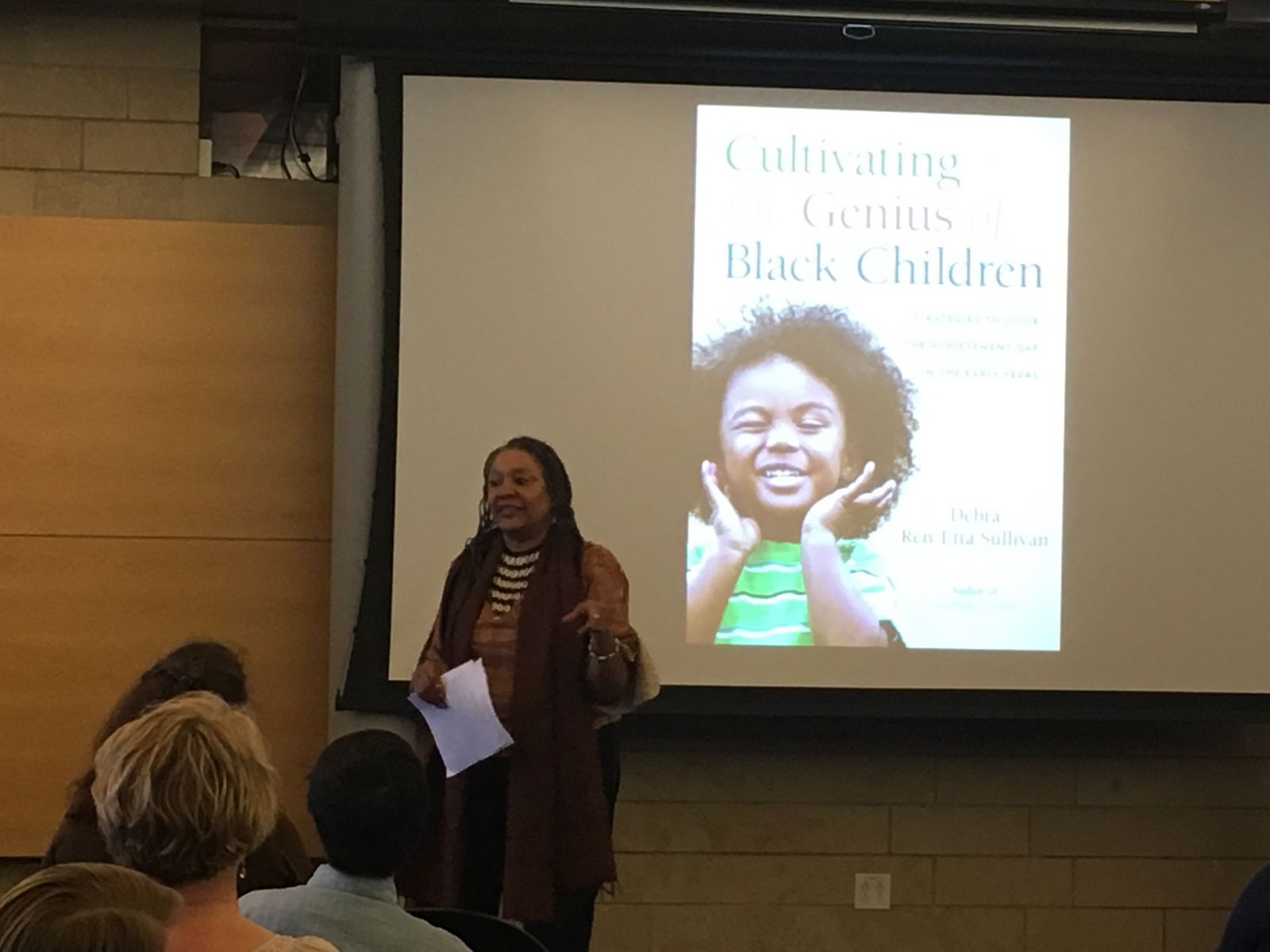
Over the years, there has been much attention given to the achievement gap (also sometimes referred to as the opportunity gap) between white and minority students, especially African American children. Using research and years of experience, Dr. Sullivan broke down the cultural influences on children’s learning styles and provided practical approaches to helping Black children thrive in the classroom. For Black children, which Dr. Sullivan defines as those of African descent, she described the disconnect between learning preferences and learning environments that must be bridged before the achievement gap can be closed. She stressed the importance of increasing adults’ and educators’ cultural intelligence, in order to work effectively across the many different learning styles in our classrooms, and develop closer relationships with Black parents and families.
The evening was filled with specific strategies and best practices to help early childhood educators expand their “toolbox” for supporting children.
LEARNING STYLES:
“By cultivating the individual genius of each child and meeting children where they are today, we can invigorate the education system and provide children high-quality early education experiences.
– Debra R. Sullivan
Black children require instruction that deals more with people than with symbols or abstractions. They like rhythm, and they like social environments. Most schooling places emphasis on white cultural concepts, such as auditory and visual learning, and we fail to be responsive in our curriculum, and meet all children where they are. In order to cultivate the genius of our Black and Brown children, it requires growth on our part as educators and adults. This includes adapting to the multiple learning styles and preferences of children of African descent, and add them to our toolbox. These learning styles and preferences include:
Tactile / Kinesthetic
Visual
Verbal
Collaboration
Relationship-based
Realism
Mental Challenge
Physical Challenge
Creative Expression
Spirituality
By understanding Black children’s distinctive styles and experiences – which are often seen as misbehavior rather than legitimate modes of learning– we are better equipped to support much higher achievement out of our Black children.
ADAPTING THESE LEARNING STYLES IN YOUR CLASSROOMS:
Below, using examples from Hilltop Children’s Center classrooms, we’ve outlined how each of these learning styles might be applied. In each example below, we offer examples of educators teaching their class math concepts.
Tactile / Kinesthetic (learning through bodily sensations, hands-on experiences, roleplaying and movement)
At Hilltop we use the environment as a third teacher. Many of our childhood toys and ones we may have in the classroom are designed to be able to teach math in a fun and intuitive way! We have a variety of different blocks, legos, dice, and manipulative toys that let children experience math concepts with tangible and visual objects they play with every day. When playing with these toys, children are naturally experiencing numerical relationships with their hands and eyes.
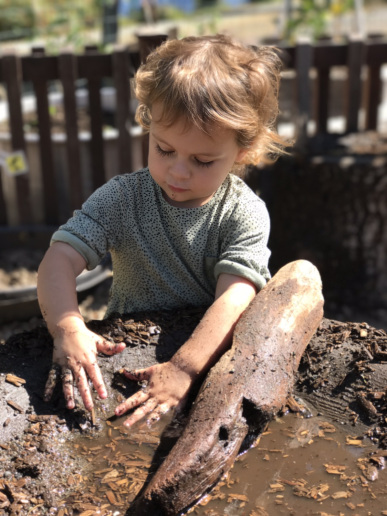 Visual (learning through seeing, observing, “reading” body language, and facial expressions)
Visual (learning through seeing, observing, “reading” body language, and facial expressions)
At Hilltop, we explore patterns and shapes while creating at the art table and during cleanup time, we compare bins and containers to see which toys do and don’t fit. We also create visual aids as a jumping-off point to help children understand math concepts such as distance, speed, location and height. When children are able to see and analyze math through pictures, it may assist their understanding of math concepts and lead to deeper, more connected learning.
Verbal (learning through language, whether it’s reading, writing, or speaking)
Rhyming is always helpful for learning math. Your children might be too young to know what this system might be but feel free to use this rhyme still: “8 and 8 went to the store to buy a Nintendo 64.” While multiplication might be too advance for preschoolers, there are other rhymes you can use such as Five Little Ducks.
Collaboration (learning through small group work)
At Hilltop one of our core values is “Learning in Relationship” because we know that the most impactful learning happens when children work together to build theories and test each others’ thinking. Children who learn best when engaging in community can help with everything from counting cups for snack time, sorting crayons, and working on a puzzle with a friend. We’ll often encourage to work together on measuring projects: “How many unifix cubes will you all need, to reach from here to the door?”
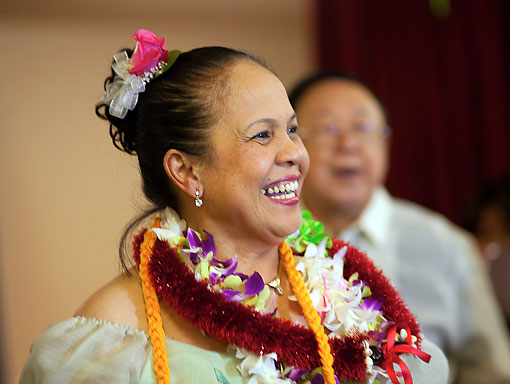 Relationship-Based (learning by knowing you or your family, caring about you, seeing you in other contexts)
Relationship-Based (learning by knowing you or your family, caring about you, seeing you in other contexts)
At Hilltop, we see families as a central and necessary support for our curriculum, and seek multiple ways to engage families through meetings, documentation, and participation in our classrooms. These close relationships with families help us know each learner better, and care for them in way that’s unique to who they are. One way math learning might show up through this close partnership with families is when a family member joins the class to share a cooking activity that features their home culture or holiday tradition. Cooking offers many opportunities for counting, measuring, weighing, and comparing.
By also routinely involving the family in our activities, using personal stories, questions, to establish relationships, these relationships often result in books and read alouds which contains importing numeracy terms which children write in or add to. This ‘cross-pollination’ between literacy and math makes it easier for children to absorb mathematical skills.
Realism (no rhetorical questions, no questions you know the answer to)
At Hilltop, we’ve found that young children much prefer encountering ideas in functional, real-world ways, rather than answering “right-answer” questions that have no practical application. In a math context, that might look like asking number questions that help achieve a goal or accomplish a task that the child cares about. For example: “It looks like six kids are going to sit at that table for lunch. Can you help me figure out how many chairs we’ll need at this table for everyone else?”
Mental Challenge (critical analysis, critique, authentic “why” question)
“What do you notice” is a simple open-ended question which could result in children analyzing the size, shape, color, amount, words, or even smell of things. At Hilltop we also often find ourselves asking a child “What’s your plan?” which both acknowledges their intentionality and competence, while helping them attend to sequencing – a key math concept. We could also invite critique by posing specific questions about measurement (length, height, amount, etc.) “Why do you suppose this side of your structure is taller than that side?”
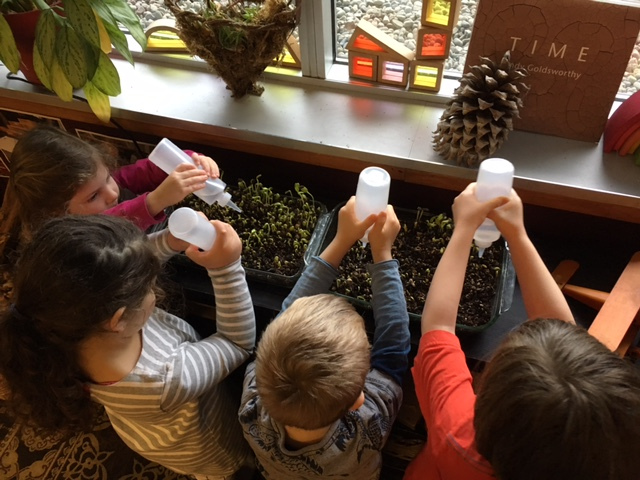 Physical Challenge (use your body, dance, sports, drama, sign language)
Physical Challenge (use your body, dance, sports, drama, sign language)
Numbers can easily be folded into active games and physical challenges, both indoors and out. At clean-up time, you might ask a child “How many blocks do you think you can carry over to the shelf? Let’s count them while I hand them to you.” On the playground, challenges could be set with number, measurement, time, and more. “How many people can we get balanced on this log?” “How far can you throw this ball?” “How long will it take us to hop from here to the mailbox?” Math Twister is a simple game that only takes about five minutes to prep, but gives kids a chance to practice math, colors and get moving at the same time!
Creative Expression (singing, dancing, rapping, instruments, drama, sign language)
Singing and dance both offer easy opportunities for math learning. Some of the favorite songs in our Hilltop classrooms are popular specifically because of their numerical, repetitive format: Five Green and Speckled Frogs, Five Little Ducks, There Were Ten in the Bed, The Ants Go Marching One by One, and more. Free dancing to a wide variety of musical styles lets children experience the rhythm and patterns of the music, and structured dances (square dance, social dance, line dance) is a creative and physically active way to understand pattern, alternation, and repetition. In one of our classrooms, children created symbols to represent the different dance moves in a partner dance, and then wrote out the patterns as a guide to performing the dance (which they then taught to their families!)
Spirituality (a sense of higher power, being connected to nature, to something bigger than oneself)
At first glance, math and spirituality might seem disconnected, but working with natural materials (both indoors and outside) offers children many exciting opportunities to explore math concepts. Our toddler class welcomes spring each year with a scavenger hunt for natural materials. So next time you see a group of toddlers running down the street, they might be off on a nature-based scavenger hunt to find different geometric shapes, properties, and patterns. And when they return to their classroom, they may classify and count the treasures they found. “We found twelve chestnuts, and fifteen prickly sweet gum balls.”
Conclusion:
There is a need for educators to create a solid foundation for culturally appropriate pedagogies, and multicultural education that takes into account the multiple different learning styles is only the starting point. All educators, and in particular those who are not African American, should continue our study of what best supports Black and Brown children, to ensure we provide high-quality early education experiences for all children in our care.. Moreover, while the recommendations and examples above are particularly critical and effective for African American children, they also make up the backbone of good teaching for everyone.
Dr. Debra Sullivan’s book “Cultivating the Genius of the Black Child” is available for sale both at RedLeaf Press and on Amazon.
For more information on Hilltop Educator Discussion Series visit www.hilltopcc.com/eds
For more information on Hilltop Educator Institute email institute@hilltopcc.org
[/et_pb_text][/et_pb_column][/et_pb_row][/et_pb_section]